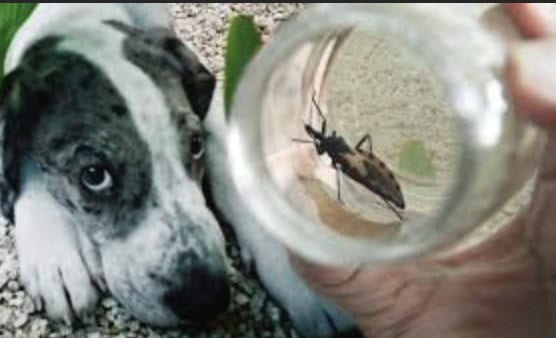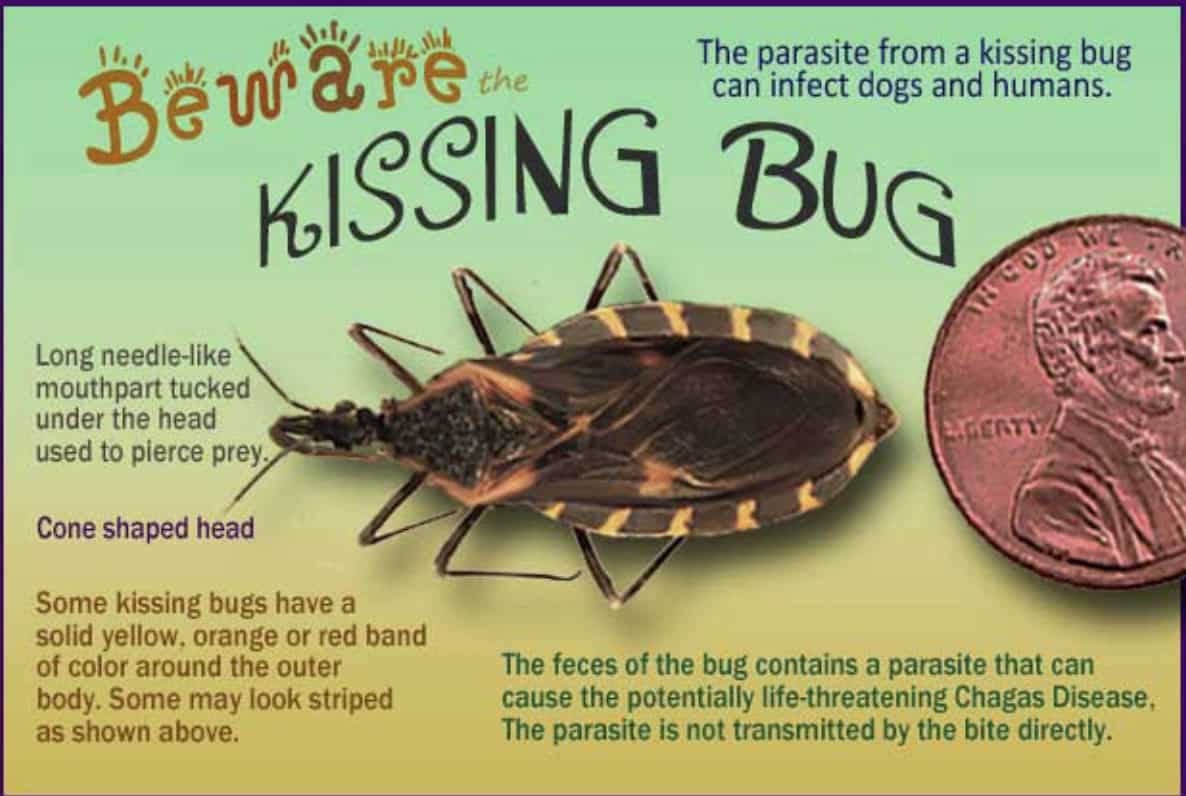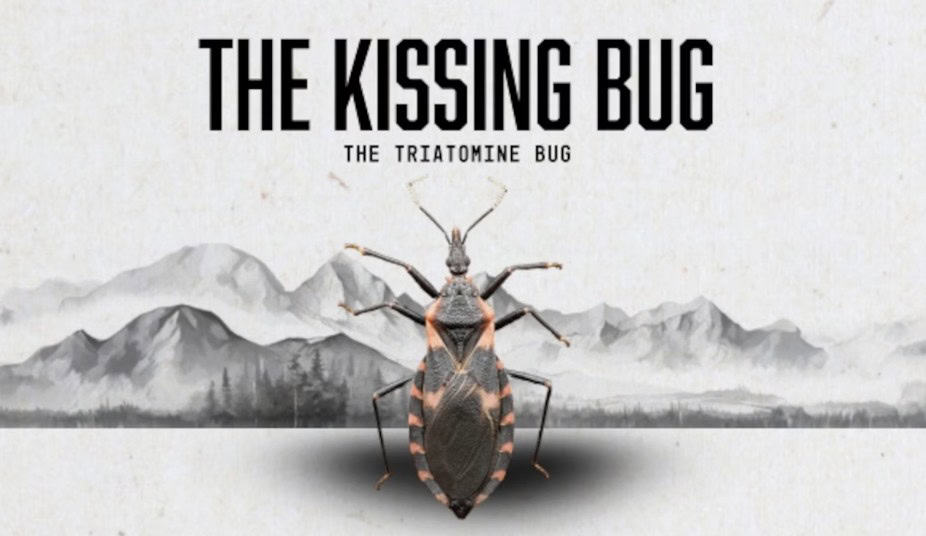Chagas Disease in Dogs

What is Chagas disease in dogs?
Chagas disease is also known as “Kissing Bug Disease” or “American Trypanosomiasis.” It’s caused by a blood parasite called Trypanosoma cruzi, which is transmitted by kissing bugs.
The Kissing Bug can cause a serious health risk to pets because it can transmit a parasite that causes Chagas disease through its feces or by being eaten. The parasitic disease can cause heart damage, leading to harmful symptoms and even death. It is less common in cats, but they can be infected or carry the parasite. To help protect your pets, be aware, prevent them from coming into contact with your pets, and promptly address any suspected infections.

How Pets Get Infected
- Feces Near a Bite – After the bug bites, it defecates, and the parasite can enter your pet’s bloodstream if the feces are scratched into the bite wound or come into contact with the mucus membranes like the mouth or eyes.
- Ingesting the Bug – Dogs can become infected by eating a bug or its feces, which can contain the parasite even if the bug is dead.
Risks to Your Pet
- Chagas Disease – It can damage the heart and other organs, leading to fatal complications over time.
- Symptoms – Some symptoms of the disease are lethargy, fever, weakness, loss of appetite, vomiting, diarrhea, fainting, and heart failure.
- Geographic Risk – It is most common in the Southern US, especially Texas, but it is becoming a concern in other regions as well.
Protecting Your Pet
- Environmental Controls – Use insecticides to control the kissing bug population around your home and dog kennels.
- Prevent Contact – Keep pets away from areas where bugs are known to be present, and watch your dogs to ensure they are not eating bugs.
- Seek Veterinary Care – If you are in a high-risk area and think your pet has be exposed, call your veterinarian immediately.
Important to Note
- Human-to-Pet Transmission – This is very rare; however, dogs can transmit the parasite to their puppies. Direct infected dogs to humas has not been documented.
- Infected Bugs Are a Risk – The presence of infected bugs in your area indicates a risk to both pets and people, even it there are no symptoms present.
How is Chagas disease diagnosed?
Chagas can be difficult to diagnose during the acute phase. The infectious organism may be found in the blood or lymph nodes, but the numbers are so small that they are not reliable for diagnosis. About 3 weeks after infection, antibody levels may be detectable on lab tests; however, false positives on these lab tests may also occur. In the chronic phase, a diagnosis of Chagas disease is primarily made clinically based on clinical signs. If a dog dies from the condition, tissue samples taken from the heart often will reveal characteristics of changes of the diesease.


How is Chagas disease treated?
There is currently no consensus on the best method of treatment for the disease. In the acute phase, several medications, including Benznidozole, Ravuconazole, and Albaconazole, have been utilized with varying success rates. Once it reaches the chronic phase, these medications have little effect, and treatment of condition focuses on managing th heart failure and arrhythmias that may occur.
